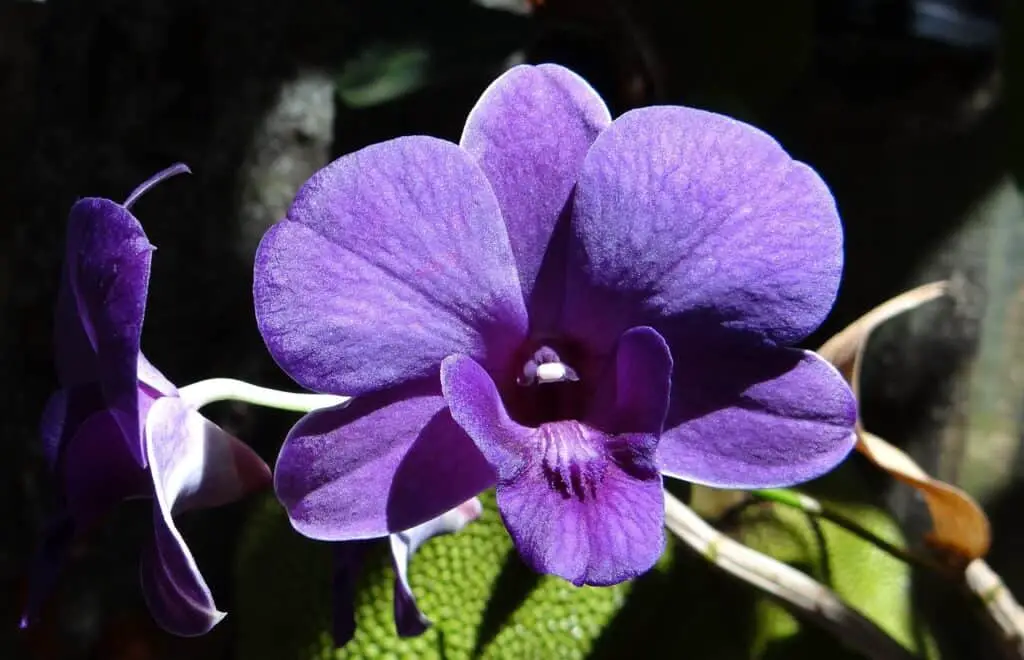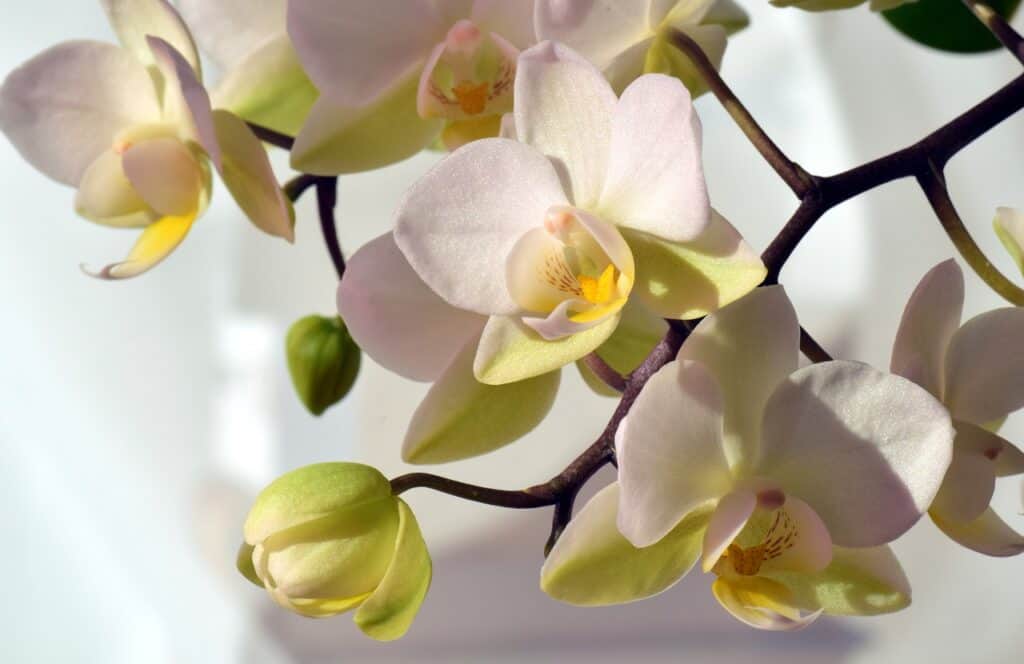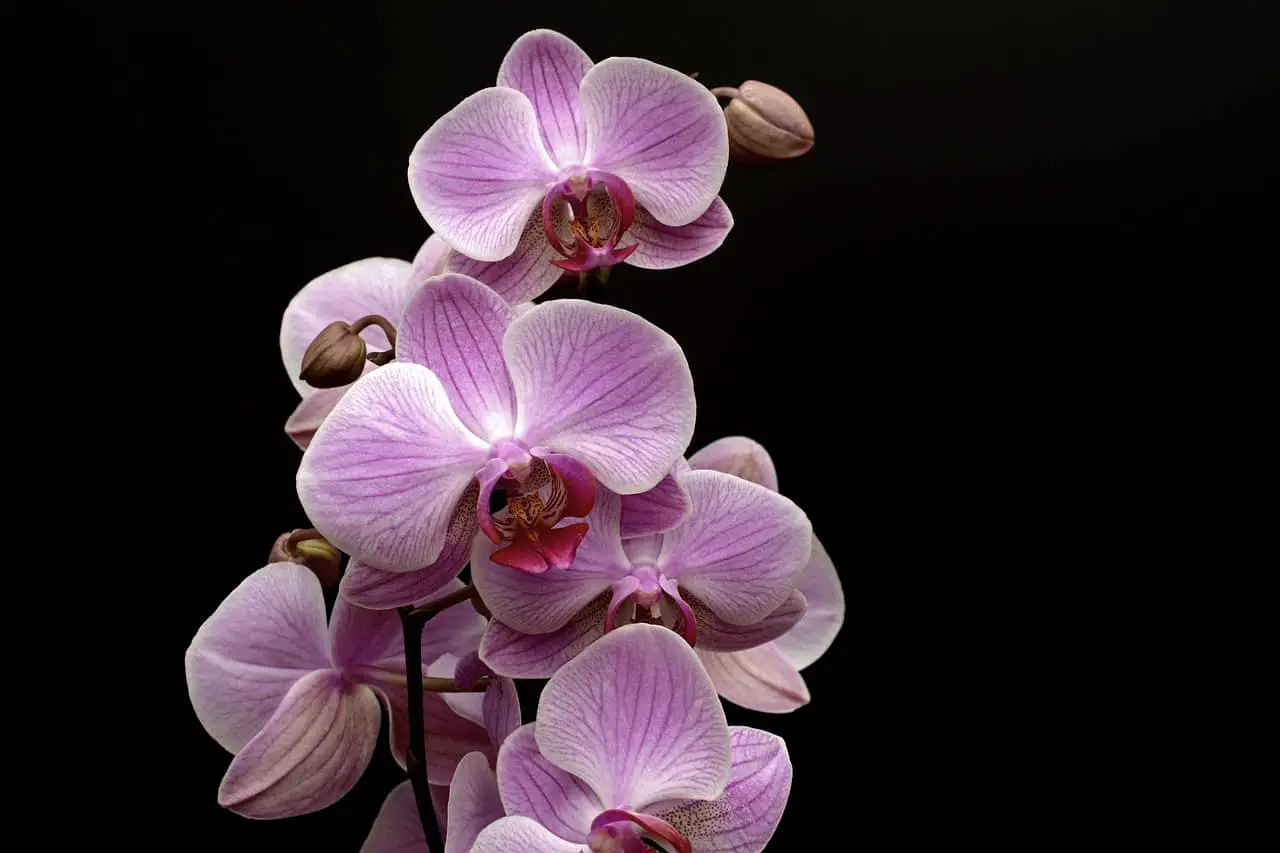How To Encourage Orchid Root Growth
Orchids are renowned for their captivating beauty and exotic charm. While their exquisite blooms steal the spotlight, the health of their intricate root system is paramount for their overall well-being. In this comprehensive guide, we will explore the art of encouraging orchid root growth, addressing common questions and search queries that often arise in the world of orchid cultivation.
Selecting the Right Potting Medium for Robust Roots
The journey to fostering healthy orchid root growth begins with the choice of a suitable potting medium. Orchid enthusiasts often grapple with selecting the right medium for their prized plants. Frequently asked questions and related search queries in this domain include:

Should I use bark or sphagnum moss as a potting medium?
- The choice between bark, sphagnum moss, or a combination thereof plays a crucial role in root development. Each material has its unique benefits. Bark offers excellent drainage, preventing waterlogged roots, while sphagnum moss retains moisture, benefiting specific orchid varieties. The decision should align with your orchid’s species and the environmental conditions it thrives in.
How do I know when to repot my orchid for optimal root growth?
- Repotting is a necessary task but one that should be approached thoughtfully and infrequently. Orchids favor stability and don’t require frequent repotting. Typically, consider repotting every one to two years or when the potting medium has deteriorated, affecting root health. During the repotting process, you have the opportunity to inspect the roots, trim away any dead or damaged sections, and provide fresh growing space. The right timing and technique can significantly impact the development of robust and healthy roots.
Nurturing Orchid Roots through Proper Watering
Watering is a pivotal element of orchid care that directly influences the health and vitality of their roots. The challenge lies in understanding the nuanced requirements for achieving the perfect balance. Frequent questions and search queries often revolve around the watering habits for orchids:
How often should I water my orchid for optimal root growth?
- Orchid watering routines depend on several factors, including the type of orchid, the potting medium, and the environmental conditions. Overwatering is a common mistake that can lead to root rot. The key is to allow the top layer of the potting medium to dry out slightly between waterings. This practice ensures that the roots have access to oxygen, a critical element for their growth.
What is the impact of humidity on orchid root growth?
- Adequate humidity is vital for orchid root development. Orchids thrive in environments with suitable humidity levels. Employing tools like humidity trays, room humidifiers, or periodic misting of your orchids helps to maintain the optimal moisture balance for root growth. Monitoring the moisture levels in your potting medium and understanding the specific water requirements of your orchid species are vital for root health.

Fertilization: Feeding Orchid Roots with Care
Fertilization is a critical aspect of orchid care that directly influences root growth. Orchids have specific nutrient requirements, and using a specialized orchid fertilizer is essential. Frequently asked questions and search queries often revolve around the art of orchid fertilization:
How often should I fertilize my orchid for optimal root growth?
- Orchids require specialized orchid fertilizer to thrive. A balanced fertilization schedule tailored to your specific orchid type is essential. Over-fertilization can harm the roots, so it’s essential to avoid this common mistake. The right amount of nutrients at the right time will contribute to robust root growth and overall plant health.
What are the signs of over-fertilization and how does it affect orchid roots?
- Over-fertilization can manifest in various ways, such as leaf discoloration or burning. The excessive buildup of salts in the potting medium can hinder root function and lead to root damage. Understanding the signs of over-fertilization and its impact on roots is crucial for maintaining their health.

Nurturing Orchid Roots for Lifelong Beauty
Encouraging healthy orchid root growth is an art that requires an understanding of the intricacies involved in orchid care. By selecting the right potting medium, mastering the art of watering, and fertilizing with care, you can unlock the secrets of robust root growth. These practices not only lead to healthier roots but also contribute to the enduring beauty of these magnificent plants. Orchids are resilient, and with the right care, they can grace your space with their timeless charm for years to come.







